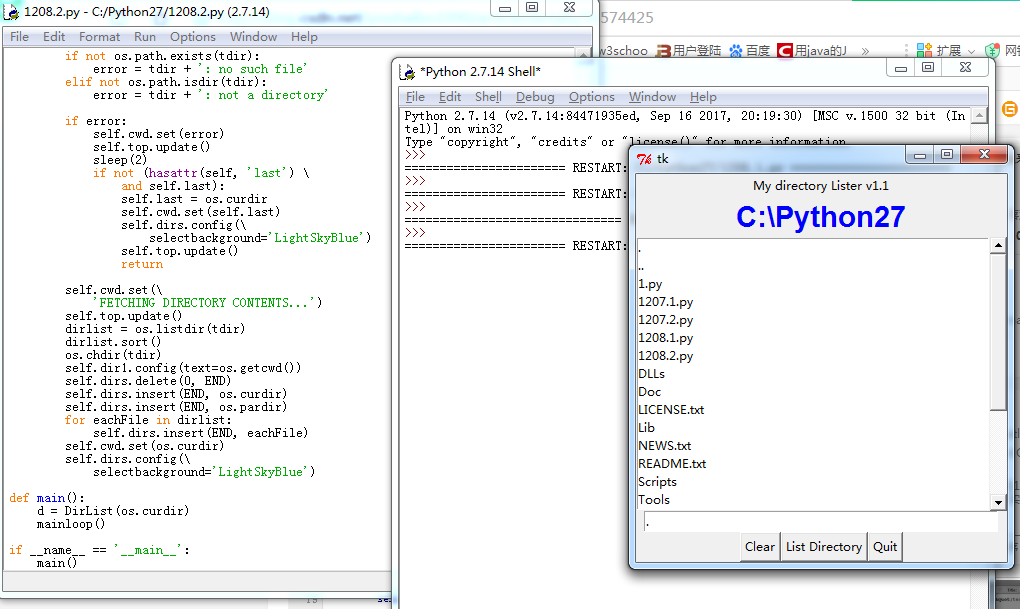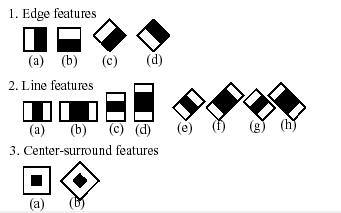详解django.contirb.auth-认证
首先看middleware的定义:
auth模块有两个middleware:AuthenticationMiddleware和SessionAuthenticationMiddleware。
AuthenticationMiddleware负责向request添加user属性
class AuthenticationMiddleware(object):
def process_request(self, request):
assert hasattr(request, 'session'), (
"The Django authentication middleware requires session middleware "
"to be installed. Edit your MIDDLEWARE_CLASSES setting to insert "
"'django.contrib.sessions.middleware.SessionMiddleware' before "
"'django.contrib.auth.middleware.AuthenticationMiddleware'."
)
request.user = SimpleLazyObject(lambda: get_user(request))
可以看见AuthenticationMiddleware首先检查是否由session属性,因为它需要session存储用户信息。
user属性的添加,被延迟到了get_user()函数里。SimpleLazyObject是一种延迟的技术。
在来看SessionAuthenticationMiddleware的定义:
它负责session验证
class SessionAuthenticationMiddleware(object):
"""
Middleware for invalidating a user's sessions that don't correspond to the
user's current session authentication hash (generated based on the user's
password for AbstractUser).
"""
def process_request(self, request):
user = request.user
if user and hasattr(user, 'get_session_auth_hash'):
session_hash = request.session.get(auth.HASH_SESSION_KEY)
session_hash_verified = session_hash and constant_time_compare(
session_hash,
user.get_session_auth_hash()
)
if not session_hash_verified:
auth.logout(request)
通过比较user的get_session_auth_hash方法,和session里面的auth.HASH_SESSION_KEY属性,判断用户的session是否正确。
至于request里面的user对象,由有什么属性,需要看看get_user()函数的定义。
def get_user(request):
if not hasattr(request, '_cached_user'):
request._cached_user = auth.get_user(request)
return request._cached_user
显然get_user方法在request增加了_cached_user属性,用来作为缓存。
因为用户认证需要查询数据库,得到用户的信息,所以减少开销是有必要的。
注意,这种缓存只针对同一个request而言的,即在一个view中多次访问request.user属性。
每次http请求都是新的request。
再接着看auth.get_user()方法的定义,深入了解request.user这个对象:
def get_user(request):
"""
Returns the user model instance associated with the given request session.
If no user is retrieved an instance of `AnonymousUser` is returned.
"""
from .models import AnonymousUser
user = None
try:
user_id = request.session[SESSION_KEY]
backend_path = request.session[BACKEND_SESSION_KEY]
except KeyError:
pass
else:
if backend_path in settings.AUTHENTICATION_BACKENDS:
backend = load_backend(backend_path)
user = backend.get_user(user_id)
return user or AnonymousUser()
首先它会假设客户端和服务器已经建立session机制了,这个session中的SESSION_KEY属性,就是user的id号。
这个session的BACKEND_SESSION_KEY属性,就是指定使用哪种后台技术获取用户信息。最后使用backend.get_user()获取到user。如果不满足,就返回AnonymousUser对象。
从这个获取user的过程,首先有个前提,就是客户端与服务端得先建立session机制。那么这个session机制是怎么建立的呢?
这个session建立的过程在auth.login函数里:
def login(request, user):
"""
Persist a user id and a backend in the request. This way a user doesn't
have to reauthenticate on every request. Note that data set during
the anonymous session is retained when the user logs in.
"""
session_auth_hash = ''
if user is None:
user = request.user
if hasattr(user, 'get_session_auth_hash'):
session_auth_hash = user.get_session_auth_hash()
if SESSION_KEY in request.session:
if request.session[SESSION_KEY] != user.pk or (
session_auth_hash and
request.session.get(HASH_SESSION_KEY) != session_auth_hash):
# To avoid reusing another user's session, create a new, empty
# session if the existing session corresponds to a different
# authenticated user.
request.session.flush()
else:
request.session.cycle_key()
request.session[SESSION_KEY] = user.pk
request.session[BACKEND_SESSION_KEY] = user.backend
request.session[HASH_SESSION_KEY] = session_auth_hash
if hasattr(request, 'user'):
request.user = user
rotate_token(request)
首先它会判断是否存在与用户认证相关的session,如果有就清空数据,如果没有就新建。
然后再写如session的值:SESSION_KEY, BACKEND_SESSION_KEY, HASH_SESSION_KEY。
然后讲一下登录时,使用auth通常的做法:
from django.contrib.auth import authenticate, login
def login_view(request):
username = request.POST['username']
password = request.POST['password']
user = authenticate(username=username, password=password)
if user is not None:
login(request, user)
# 转到成功页面
else: # 返回错误信息
一般提交通过POST方式提交,然后调用authenticate方法验证,成功后使用login创建session。
继续看看authenticate的定义:
def authenticate(**credentials):
"""
If the given credentials are valid, return a User object.
"""
for backend in get_backends():
try:
inspect.getcallargs(backend.authenticate, **credentials)
except TypeError:
# This backend doesn't accept these credentials as arguments. Try the next one.
continue
try:
user = backend.authenticate(**credentials)
except PermissionDenied:
# This backend says to stop in our tracks - this user should not be allowed in at all.
return None
if user is None:
continue
# Annotate the user object with the path of the backend.
user.backend = "%s.%s" % (backend.__module__, backend.__class__.__name__)
return user
# The credentials supplied are invalid to all backends, fire signal
user_login_failed.send(sender=__name__,
credentials=_clean_credentials(credentials))
它会去轮询backends,通过调用backend的authenticate方法认证。
注意它在后面更新了user的backend属性,表明此用户是使用哪种backend认证方式。它的值会在login函数里,被存放在session的BACKEND_SESSION_KEY属性里。
通过backend的authenticate方法返回的user,是没有这个属性的。
最后说下登录以后auth的用法。上面展示了登录时auth的用法,在登录以后,就会建立session机制。所以直接获取request的user属性,就可以判断用户的信息和状态。
def my_view(request):
if request.user.is_authenticated():
# 认证的用户
else:
# 匿名用户
以上就是本文的全部内容,希望对大家的学习有所帮助,也希望大家多多支持【听图阁-专注于Python设计】。


